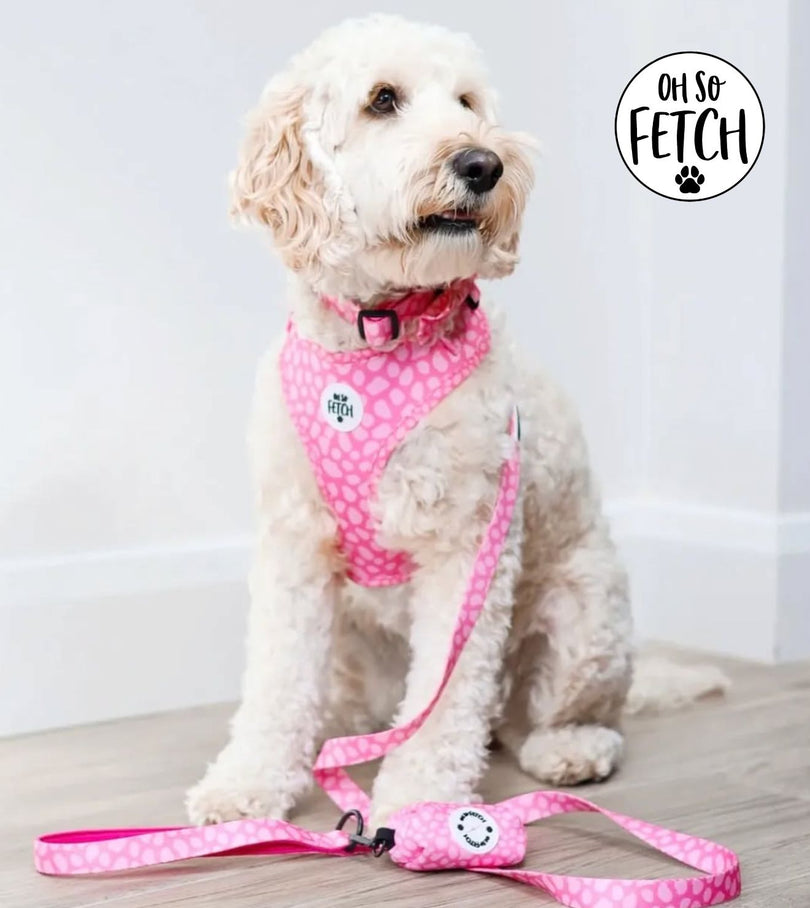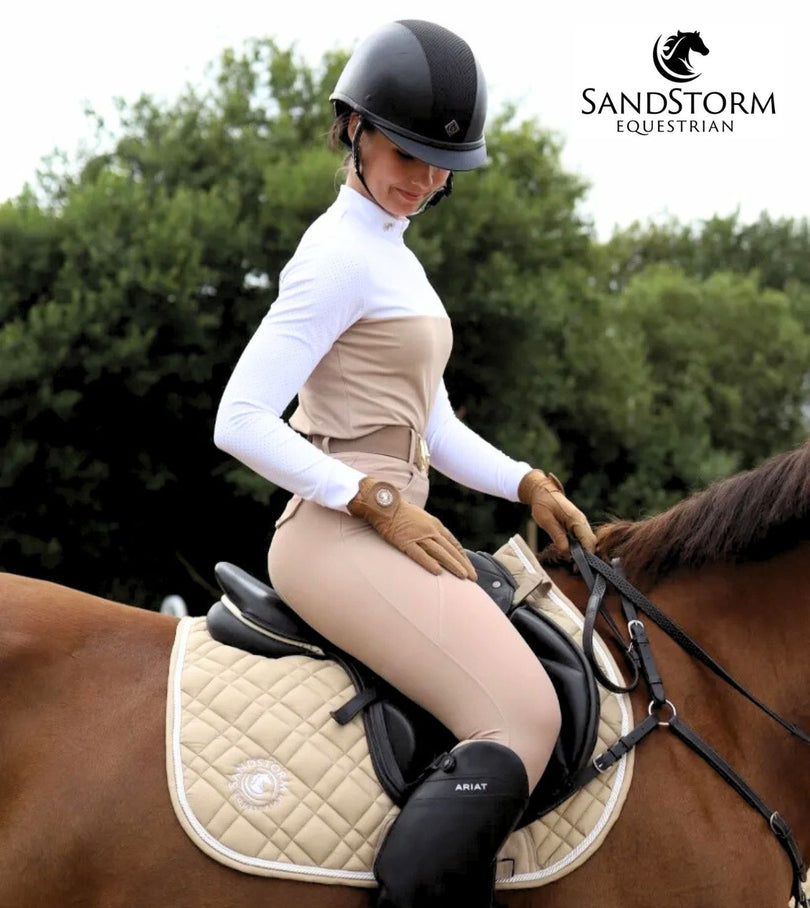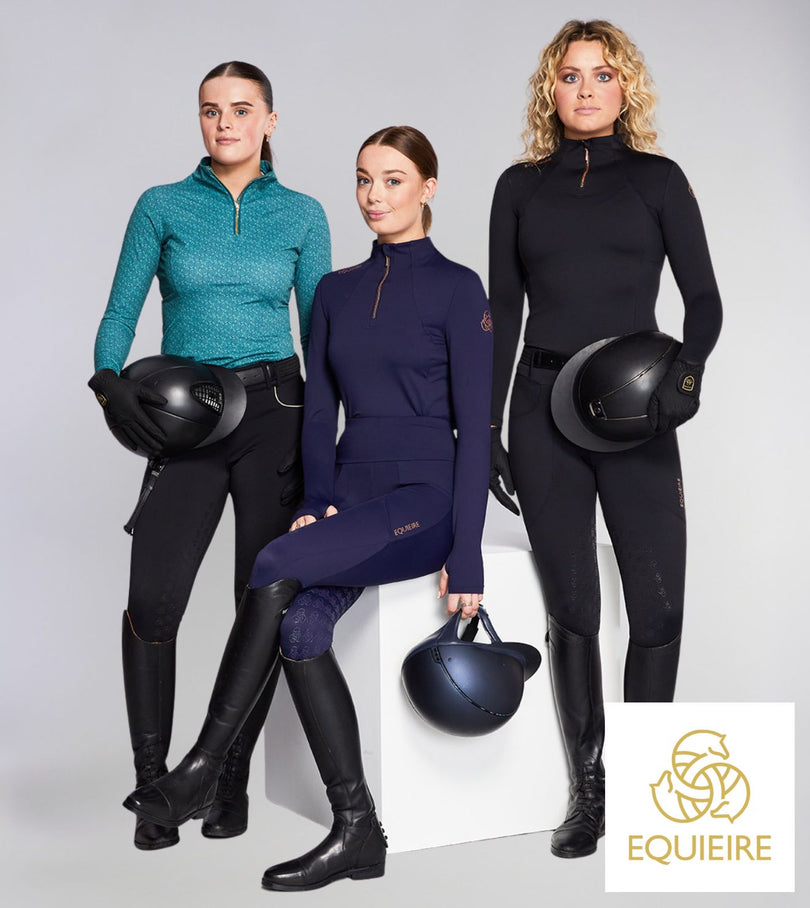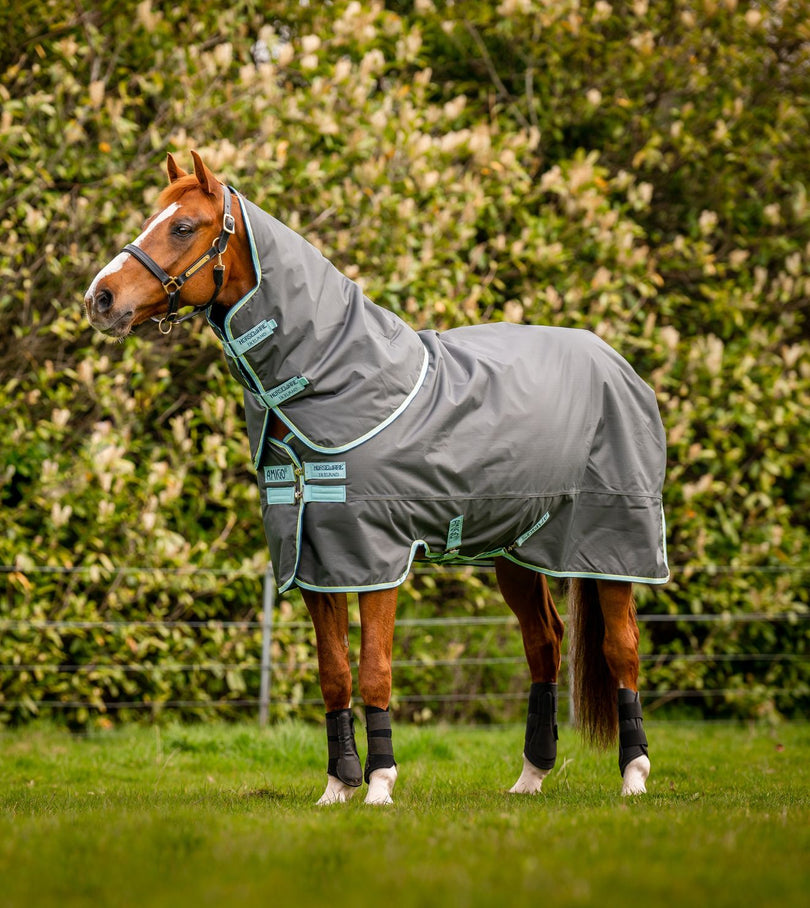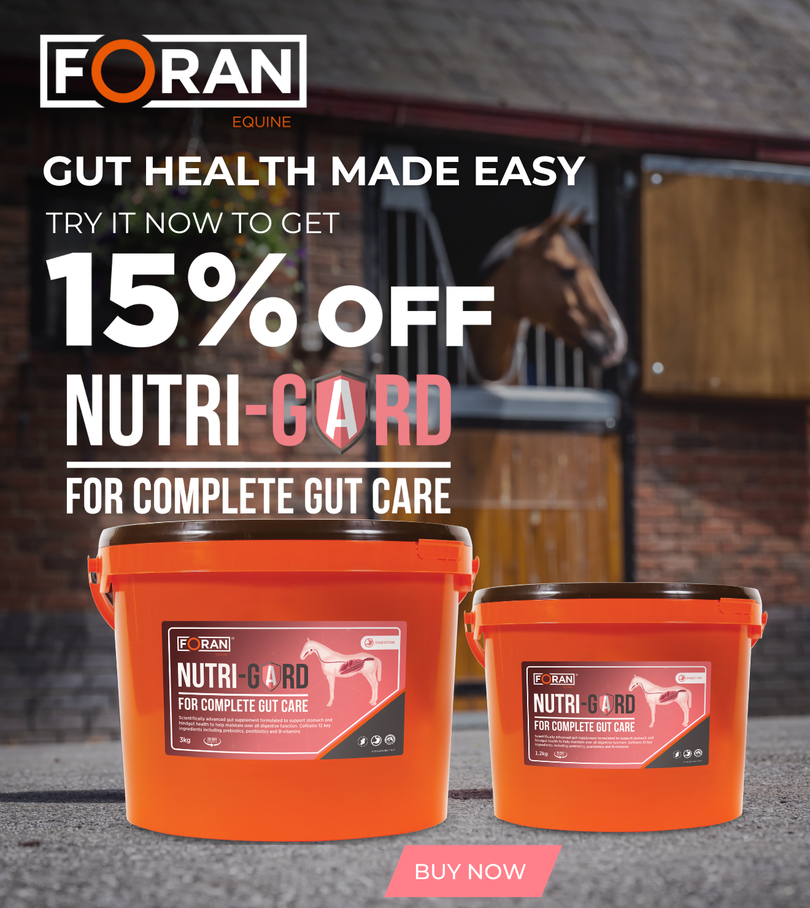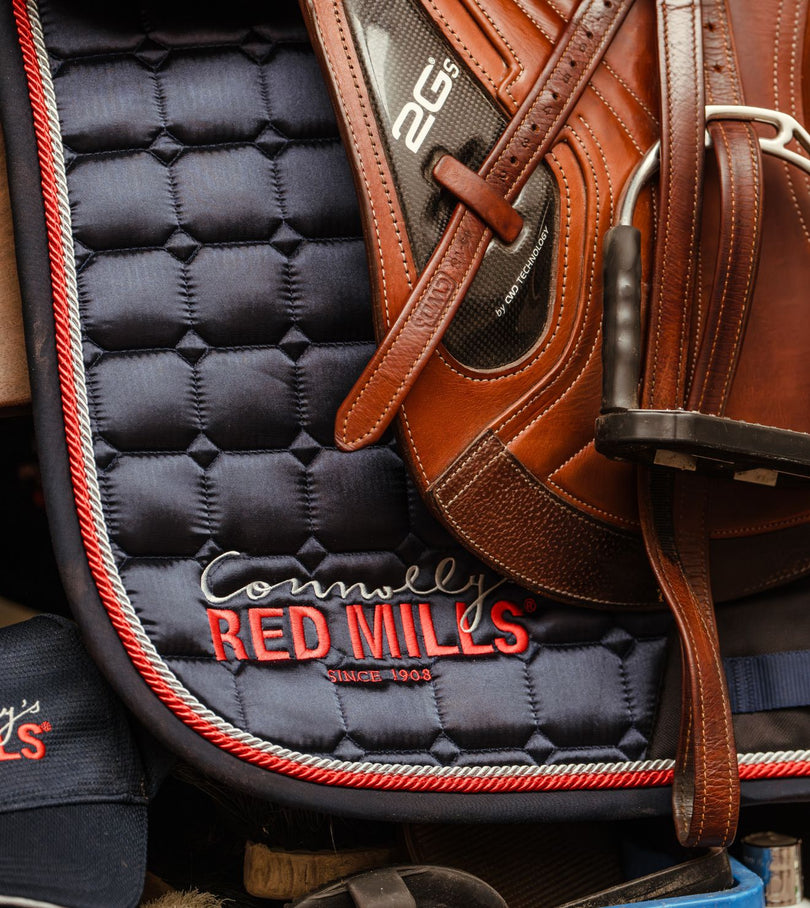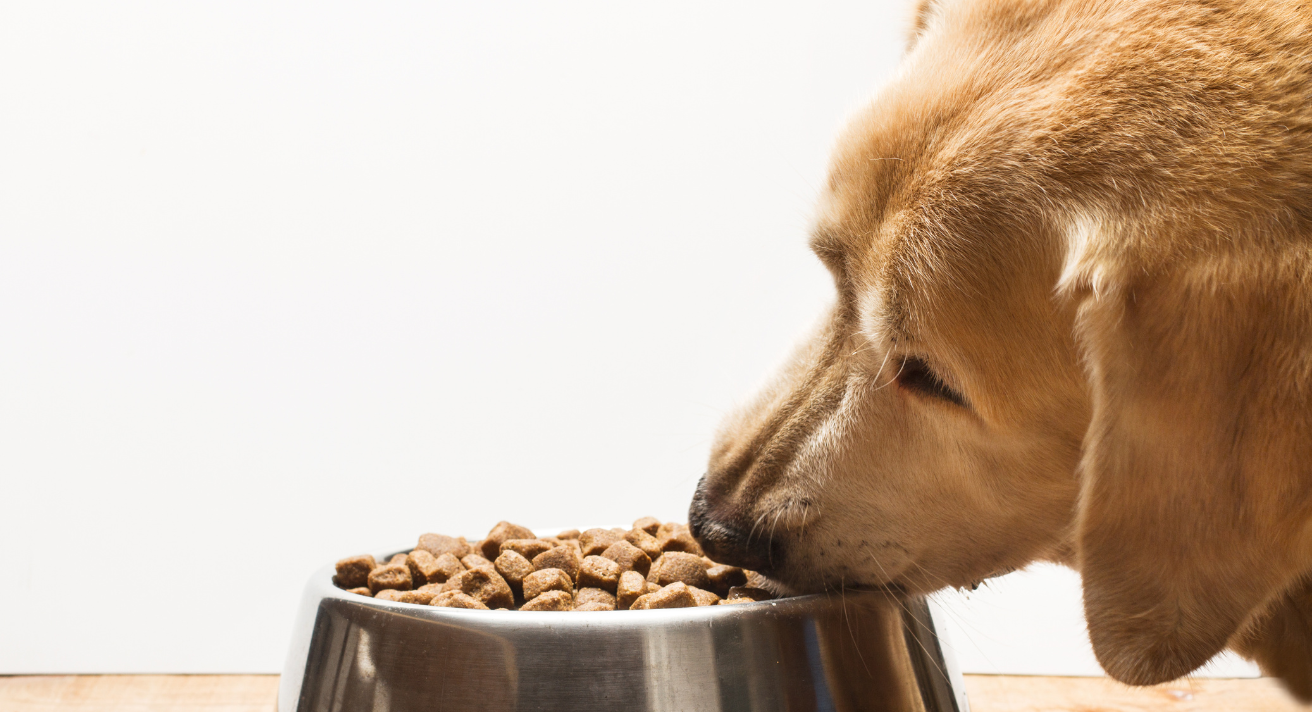It’s summer and a lot of dogs are working hard. Herding sheep, spending whole days hiking, training for Canicross at the weekend – whenever your dog is working that hard, owners have to know how about feeding high-energy dogs to sustain their activity level.
Why Active Dogs Need Specialised Nutrition?
Feeding high energy dogs isn’t simply a matter of increasing their calories or the amount of food they eat. A dog that is extremely active has different nutritional needs than a more sedentary dog.
The best food for active dogs has quality lean protein to promote muscle health, calcium to protect their bones, electrolytes to guard against dehydration and the right healthy fats to fuel endurance. An active dog diet has to consider metabolism, muscle recovery, bone and joint health and the dog’s overall well-being.
Key Nutrients for Active Dogs
Here are some frequently asked questions about nutrition for active dogs.
Q. How do I know if my dog needs a special diet for high energy levels?
➡️High energy dog food is for dogs who herd or hunt, pups that train and compete in agility, dogs that go for intense daily runs or all-day hikes.
Q. What are the best nutrients for an active dog?
✅High-quality lean protein for active dogs builds and repairs muscles
✅Healthy fats such as omega-3 and omega-6 provide sustained energy
✅Complex carbohydrates give both quick and sustained energy
✅The right mix of vitamins and minerals is essential. B vitamins promote energy metabolism and a calm but alert nervous system. Calcium and phosphorus build strong bones.
✅Electrolytes help prevent dehydration and support muscle function, both of which are critical for endurance
Q. How much protein should my active dog be getting in their diet?
➡️Dogs need between 18% and 28% protein in their diet, but it depends on breed type and build as well as activity level. Your vet is the best reference for your dog.
Q. How do healthy fats support my dog's energy during exercise?
➡️Dogs need fat and carbohydrates, but fat optimises their metabolism. Vitamins A, D, E and K are fat-soluble, so dogs need fat to process them.
Q. Can I feed my active dog the same food as my less-active pet?
➡️The best food for active dogs has a different balance of nutrients than the ideal food for the average house pet.
Q. When is the best time to feed my active dog to fuel their performance?
➡️You shouldn’t give them a full meal less than 10 hours before they are active. Ideally, it’s the night before their activity. A healthy treat such as Leader Nutri Vigor during the day helps keep them going.
How to Choose the Right Food for Your Active Dog?
Feeding high-energy dogs isn’t like feeding the average dog. Athletic dogs need specialised dog nutrition for endurance. A healthy active dog diet has more protein and fats than ordinary dog food. A sedentary dog would become overweight on high-energy dog food, but it has what an active, athletic dog needs.
How active your active dog is, as well as their breed type and age, influence the best choice for them.
Red Mill’s Engage line offers some high-quality, high-protein, and calorie-dense options with the right balance of fats, carbs, and nutrients. Engage salmon & rice dog food offers a whopping 28% protein, while Engage duck & rice dog food has 22% protein. Both provide glucosamine and chondroitin for strong, supple joints.
Tips for Feeding Active Dogs
- Meal Timing: Feed your dog 12 to 18 hours before they are working. Activity after eating can be dangerous as well, as it increases the risk of bloat, which can be fatal. Heat can decrease your dog’s appetite so smaller, more frequent meals better meet their nutritional needs in hot weather.
- Portion Control: If your dog’s activity level varies, the amount of food they eat should correspond to that. Overfeeding will lead to weight gain and health problems, especially because high-energy dog food is rich.
- Hydration: Hydration is vital, but you want to avoid your dog gulping lots of water a few times a day.
- Supplements: Engage Replenish, Re-energise and Reward Bars are excellent for energy boosting before and after hard work, and Leader Nutri-Vigor Hip and Joint Care Functional Treats are ideal for dogs who make a lot of quick turns and demand a lot from their joints.
Monitoring Your Dog’s Performance and Nutrition
Your dog can’t tell you how their active dog diet is working for them. Owners have to watch for signs.
- Weight gain or loss indicate they aren’t getting the right nutrition for active dogs.
- Finishing the day’s activity tired but not weak or exhausted suggests they are getting the best food for active dogs.
- Their overall condition including their coat reflects their health.
- Sluggishness suggests their food isn’t providing adequate nutrition OR that they are eating too much or not on the best feeding schedule for active dogs.
Common Mistakes to Avoid
Finding the ideal dog nutrition for endurance is trial and error because dogs are individuals. Avoiding these common errors will help you find the best option for your dog.
- Underfeeding will lead to low energy and possibly some anxiety.
- Overfeeding can cause obesity and risk bloat.
- Feeding too soon before activity can slow a dog down. Feed 12 to 18 hours ahead of activity.
- Quality is more critical than quantity. Lean protein for active dogs is crucial, and they shouldn’t have foods with lots of filler ingredients.
The right diet will keep your active dog in optimum shape with the endurance to do their work. It will also support their muscle health, protect their joints and boost their immune system.






